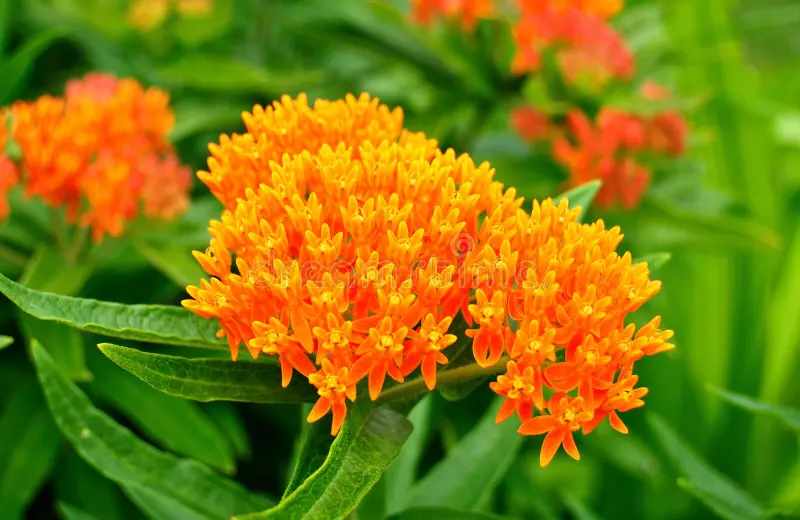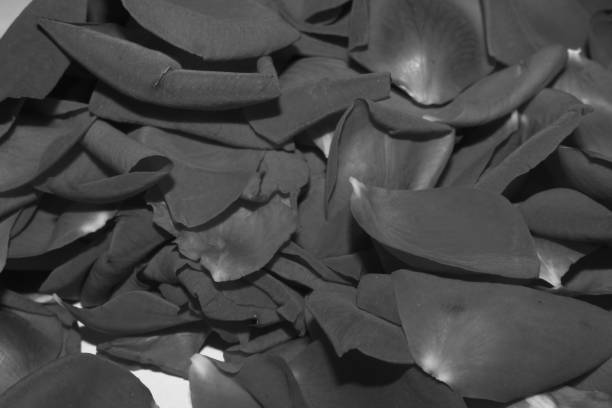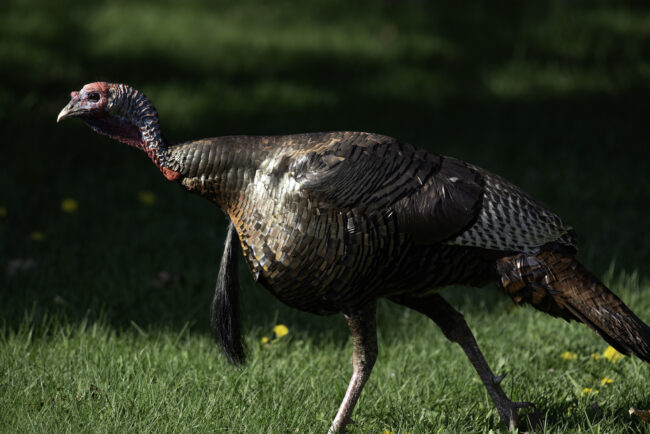The Spiritual Symbolism and Meaning Behind the Butterfly Weed Flower
The butterfly weed (butterfly weed) is a flowering plant native to North America that has long held spiritual symbolism and meaning for many cultures. With its vibrant orange and yellow blooms that attract both butterflies and hummingbirds, this hardy prairie plant has served as a metaphor for transformation, hope, and new beginnings.
In this article, we’ll explore the various symbolic meanings associated with the butterfly weed, from its connection to butterflies and transformation to its uses among Native American tribes for ceremonial and medicinal purposes. Understanding the rich cultural history behind this striking flower lends deeper meaning to its bright beauty.
The Butterfly Weed Flower Itself
The butterfly weed is a wildflower belonging to the milkweed family, with the botanical name Asclepias tuberosa. It is also commonly known as pleurisy root, colored milkweed, chigger flower, and orange milkweed. As a milkweed, it serves as a food source and habitat for the caterpillars of the monarch butterfly and other milkweed butterflies.
The butterfly weed gets its name from this connection to butterflies. It produces rounded clusters of bright orange or yellow flowers from early to mid-summer, each flower containing five petal-like hoods. Behind the hoods is a central structure that resembles a crown. This structure contains nectaries that attract a variety of pollinating insects like bees, wasps, flies, beetles, and of course, butterflies.
Symbolism of Transformation from Caterpillar to Butterfly
The most common symbolic meaning of the butterfly weed plant relates to the transformation of the monarch caterpillar into the adult butterfly. The caterpillar encapsulates the idea that even when life seems dull or limited, beauty and grace can emerge with time and patience.
Just as a caterpillar enters a cocoon and undergoes a remarkable metamorphosis into a butterfly, the butterfly weed reminds us that we too can transform into our highest potential. It represents the themes of change, growth, hope, and an ability to move into new, more colorful chapters of life.
Connection to Fire and the Sun
The bright orange hue of the butterfly weed’s flowers also connects it symbolically to fire and the power of the sun. Orange holds the energy of warmth, heat, and forward momentum.
In some Native American legends, the butterfly weed flower originated from a time when people could speak with animals and plants. The legend goes that Hummingbird and Butterfly asked Sun to create a flower with colors as vibrant as Butterfly’s wings and with enough sweet nectar to satisfy Hummingbird. Sun then transformed into an orange-colored flower that attracted both butterflies and hummingbirds – this was the first butterfly weed.
So within its fiery color, the plant contains the essence and energy of the sun itself. It ignites passion, creativity, and inspiration while bringing warmth and positivity.
Medicinal Uses Among Native American Tribes
Various Native American tribes made use of the butterfly weed plant for medicinal purposes. The roots of the plant contain chemical compounds that act as anti-inflammatories, pain relievers, and muscle relaxants.
Tribes such as the Cherokee, Iroquois, Mohegan, and Seminole brewed tea from the roots of the plant to treat respiratory ailments like pneumonia, bronchitis, and even tuberculosis. This is where another of its common names – pleurisy root – comes from.
The roots were also dried and pulverized to apply topically on sores, wounds, and rheumatoid arthritis. So while the showy flowers held symbolic meaning, the roots held genuine healing properties.
The Butterfly Weed in the Modern Garden
Today, the butterfly weed remains a popular addition to wildflower and butterfly gardens, where its striking color and ability to attract pollinators are appreciated both aesthetically and ecologically. They make excellent cut flowers as well.
Beyond garden spaces, you may find butterfly weed used in herbal remedies, personal rituals, or adorning spiritual altars as a symbolic decoration.
Bringing the Magic and Hope of Transformation into Your Life
With its connection to the symbolic emergence of butterflies from plain caterpillars, the vibrant butterfly weed flower can infuse your life with a similar sense of magic and hope. Its fire-colored blossoms that reach joyfully towards the warmth of the sun inspire optimism for positive change and new horizons ahead.
Here is a detailed overview of the different types of spiritual meanings associated with butterfly weed, structured using headings and long paragraphs:
Color Symbolism
The fiery reddish-orange hue of the butterfly weed flower links it to themes of passion, romance, creativity, and warmth. Red flowers in general connect to feelings of desire, vigor, and joy. The reddish color specifically evokes themes of confidence, courage, and action.
In native legends, the vibrant sunset shades of the butterfly weed originated when Butterfly and Hummingbird asked Sun to create a blossom for them. So the color holds the essence of sunlight itself – igniting inspiration and positivity.
Transformation Symbolism
The butterfly weed’s association with milkweed butterflies gives this flower deep ties to symbolic transformation. As caterpillars become butterflies, they showcase the wondrous metamorphosis that is possible in nature and in life. The butterfly weed reminds us we too can emerge and blossom into our highest potential, despite current challenges.
So this prairie flower represents themes of change, growth, adaptation, and hope. It inspires optimism that no matter where you are in your journey, positive transformation can unfold.
Healing Symbolism
Various Native American tribes used the roots of butterfly weed plants for their medicinal properties. The roots contain anti-inflammatory and pain-relieving compounds used to treat respiratory ailments.
So while the bright flowers held symbolic meaning, the roots and herbs held genuine curative properties. The butterfly weed offered both external and internal healing.
Spiritual Connection Symbolism
With its ability to attract butterflies, hummingbirds, and other pollinators, the butterfly weed represents a bridge between humanity and nature. It evokes a sense of harmony with divine energy and reminds us of the interconnectedness of all living beings.
The vibrant blossoms stand out against the green landscape, almost seeming to glow. This radiance represents the inextinguishable inner light within all earthly creatures and plants. The butterfly weed reflects our luminous links to each other and to the greater universe.
So in all its shades of meaning, from the sunlit colors to the medicinal roots, the butterfly weed flower radiates positivity, healing, and hopeful transformation. It carries the spiritual messages of strength during challenge, bright new beginnings, and a profound connection with nature’s grace.
Conclusion
Let the butterfly weed remind you that no matter where you are in your current journey, you have the power to transform into the fullest, most colorful version of your true self. Have faith in the beauty waiting to unfold.
FAQs
What is the meaning of butterfly weed?
Butterfly weed is a type of milkweed flower native to North America. It gets its name from its bright orange and yellow flowers that attract butterflies. It symbolizes joy, optimism, transformation, hope, and new beginnings. Native American tribes also used it medicinally to treat respiratory ailments.
What flower represents misfortune?
The yellow carnation flower is said to represent misfortune, rejection, and disappointment. In the Victorian era, a yellow carnation was given to convey disdain or disappointment.
What is the saddest flower meaning?
The white rose is considered one of the saddest flower meanings. White roses have come to symbolize reverence and humility, as well as innocence and purity due to their delicate white color. They can be used to express sympathy in times of grief or loss.
What flower symbolizes revenge?
The monkshood flower, also known as wolf’s bane, has a long history of being used as a poison and is said to represent revenge or a deadly foe. In the Victorian era, these bluish-purple flowers represented danger and warned the recipient to beware.







